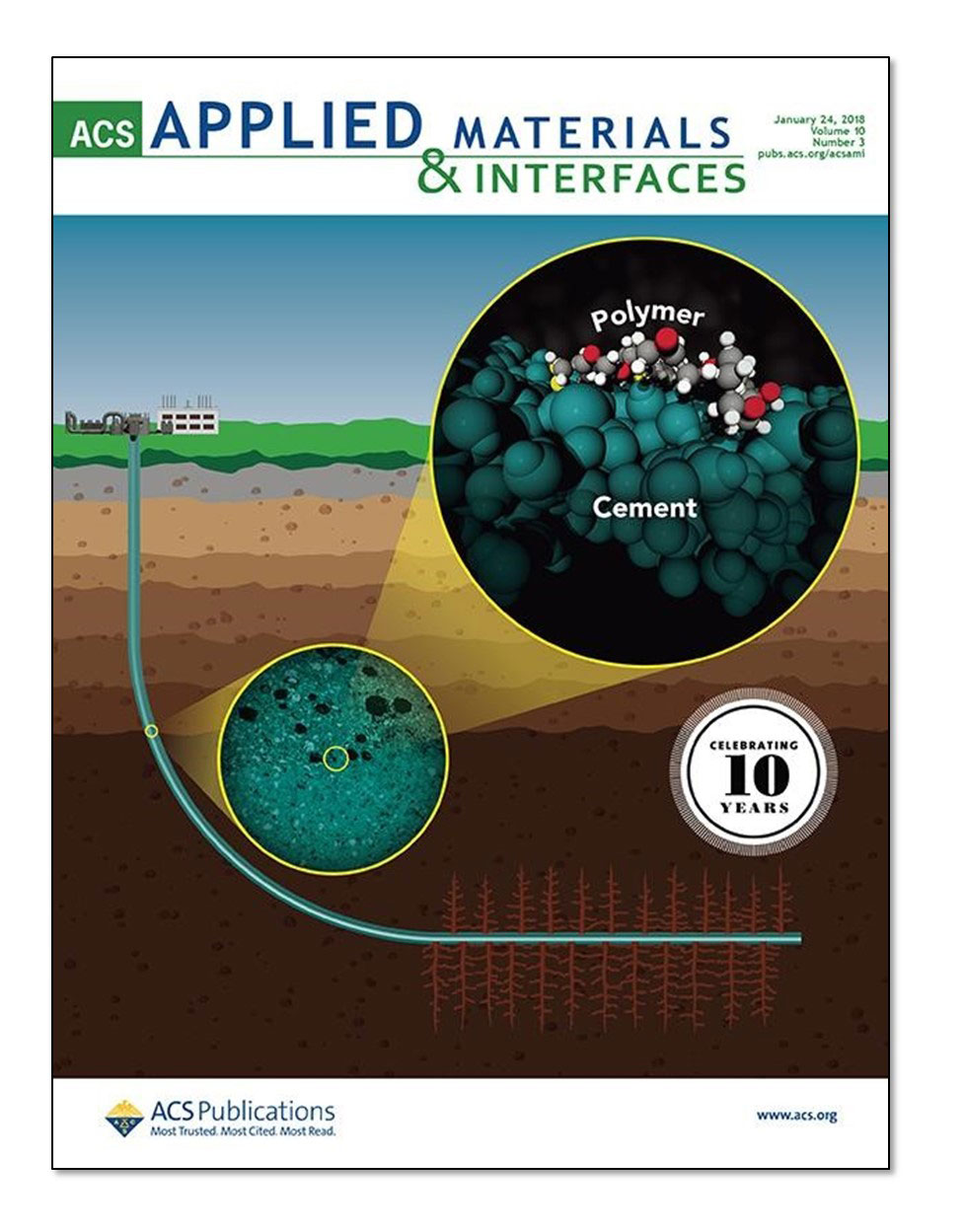
Neutrons Help Improve 3D-Printed Superalloys for Applications in Extreme Environments
Neutron experiments revealed microscopic details about a special 3D-printed superalloy that could potentially reduce component costs.

Neutron experiments revealed microscopic details about a special 3D-printed superalloy that could potentially reduce component costs.

Scientists freeze and cut a battery in half to look inside and reveal why it fails.

Understanding defects paves the way for longer lifetimes for sodium-ion batteries -- and lower energy storage costs.

Researchers find a way to improve the stability of hybrid organic-inorganic crystals called mixed halide-perovskites, a promising material for solar cells.

Scientists map atomic-level changes in the components of a running internal combustion engine using neutron techniques.

Biological production of acetone and isopropanol by gas fermentation captures more carbon than it releases.

A material with a disordered rock salt structure could help make batteries safer, faster-charging, and able to store more energy

Understanding Ions’ Subtle Molecular-Level Interactions Allows Scientists to Tune the Melting Point

A new catalyst design meets cost, activity, and durability goals by leveraging ultralow loadings of platinum with platinum-free supports.

A first-of-its-kind computer simulation reveals self-healing cement for geothermal and oil and gas wells performs better than originally thought.

Window material repeatedly switches from being see-through to blocking the heat and converting sunlight into electricity.

Iron may be more valuable than platinum. Sometimes.